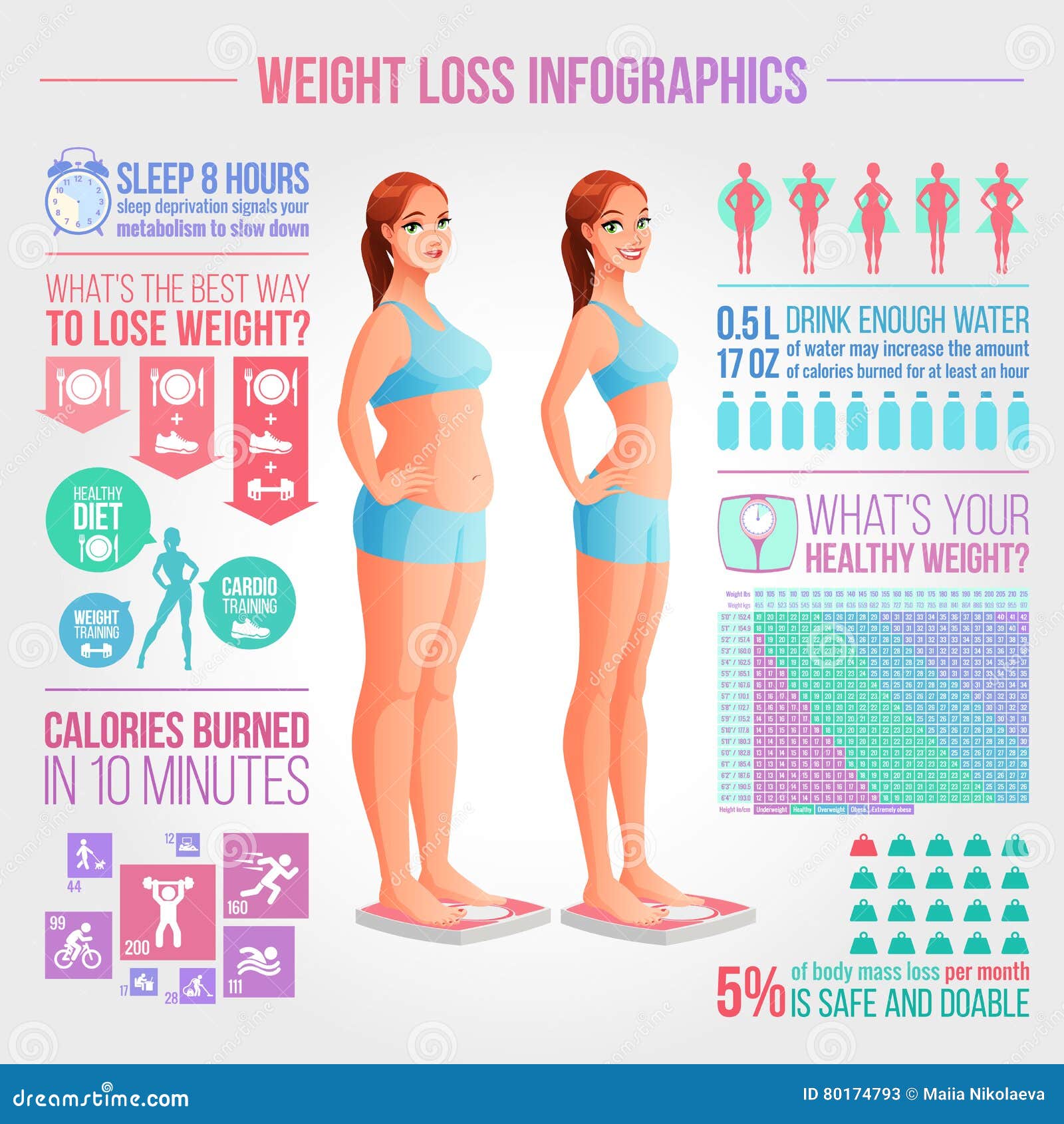A Comprehensive Guide To The Truth About Cold Laser Therapy
A Comprehensive Guide To The Truth About Cold Laser Therapy
Blog Article
Scientific Research on the Efficiency of Cold Laser Technique
Cold laser treatment is a helpful tool to help suffering monitoring and the healing procedure. It is commonly used in sporting activities medicine, dermatology and acupuncture.
Cold lasers permeate deep into cells and promote chemical adjustments without warming them. They decrease swelling and swelling, speed mobile task and speed up healing.
Academic Background
Unlike the high-intensity lasers that surgeons use to puncture tissue, cool laser therapy uses light-emitting diodes to permeate into your skin and advertise healing. As these photons get to damaged cells, they initiate a domino effect that enhances your cells' manufacturing of enzymes and accelerates your body's all-natural healing processes.
The photons additionally minimize pain via the production of endorphins and increase your body's capacity to drain swollen areas by generating vasodilation (the development of blood vessels). Therefore, it assists you recoup from musculoskeletal injuries and discomfort more quickly.
Lots of people have read about chilly laser therapy from their physiotherapist, chiropractor or physician and may be questioning just how it works. Unlike a lot of laser tools made use of in the medical area, which in fact warm up cells, our state-of-the-art devices produces chilly laser beam that don't trigger any kind of heating of your cells. This allows your body to get the healing advantages without setting off any type of side effects.
Scientific Trials
Cold laser therapy is commonly recommended as a treatment choice for patients who have bone and joint discomfort and injuries. It can be used to lower inflammation, reinforce tissues and speed up the body's natural healing procedures.
Non-thermal photons of red and infrared laser radiation are soaked up by the light sensitive components in cells and start an increase in intracellular metabolic rate that enhances cell reproduction, minimizes swelling, removes edema and shortens healing time.
Unlike the light that is created by sunlight or standard lights, laser light is parallel (all wavelengths travel parallel), coherent and monochromatic. These buildings permit laser power to penetrate deeper into the tissues.
A number of professional tests have actually revealed that LLLT can be efficient in lowering discomfort in the musculoskeletal system. Nevertheless, more well-designed studies are needed to evaluate the optimal settings for laser irradiation and to establish its effectiveness in particular conditions, such as dental mucositis in cancer cells clients getting radiation treatment or radiotherapy, and wound healing (including diabetic abscess following hammertoe surgical treatment). This Aetna policy notice does not resolve various other uses of LLLT, including the treatment of different skin diseases.
Final thoughts
Unlike surgical lasers that can ruin growths or coagulate cells, chilly laser therapy does not heat up the body's cells. Rather, the light promotes your cells to create adenosine triphosphate, which speeds up the repair procedure of hurt cells.
Aetna thinks about low-level laser (LLL) treatment medically necessary for the prevention of oral mucositis connected with cancer therapy (chemotherapy, radiation treatment, hematopoietic stem cell transplantation) and non-cancer therapies (such as radiodermal injury, fibromyalgia). Several research studies revealed that LLT can be effective in minimizing PU symptoms without laser tattoo removal adverse impacts. Nevertheless, differences in study layouts and laser dosimetry made contrast of the outcomes tough; RCTs with low danger of predisposition are needed. The use of a 660 nm wavelength and higher power density appears to be much more effective than the other examined laser wavelengths. This could be because the various other wavelengths might promote inflammatory procedures and trigger more negative effects. The effect of the sort of laser utilized is also vital; the writers recommend that future research concentrate on examining various kinds of lasers and their doses to figure out the optimal mix of laser criteria for PU avoidance.
Recommendations
Cold laser treatment is made use of by dental experts to deal with inflamed gum cells, medical professionals to alleviate discomfort caused by rheumatoid arthritis, and physiotherapists to speed up the recovery of muscle mass, tendon, and ligament injuries. Several clinical insurance strategies cover this treatment.
Unlike hot lasers, which have a thermal impact on cells, cold lasers (also called low-level lasers) boost the mobile energy of the skin. Photons from the laser light penetrate right into the cell, activating a series of chemical changes that advertises regeneration and decreases inflammation.
In order to work, lasers need to be correctly setup and made use of. This is why it is not a good idea to get an inexpensive over-the-counter laser device and try to treat on your own in your home. A trained expert is needed to ensure that the tool is used appropriately to reduce the threat of eye injury and maximize its performance. The laser gadget have to be adapted to the appropriate setup, intensity, regularity, and setting of the laser on the treatment location.